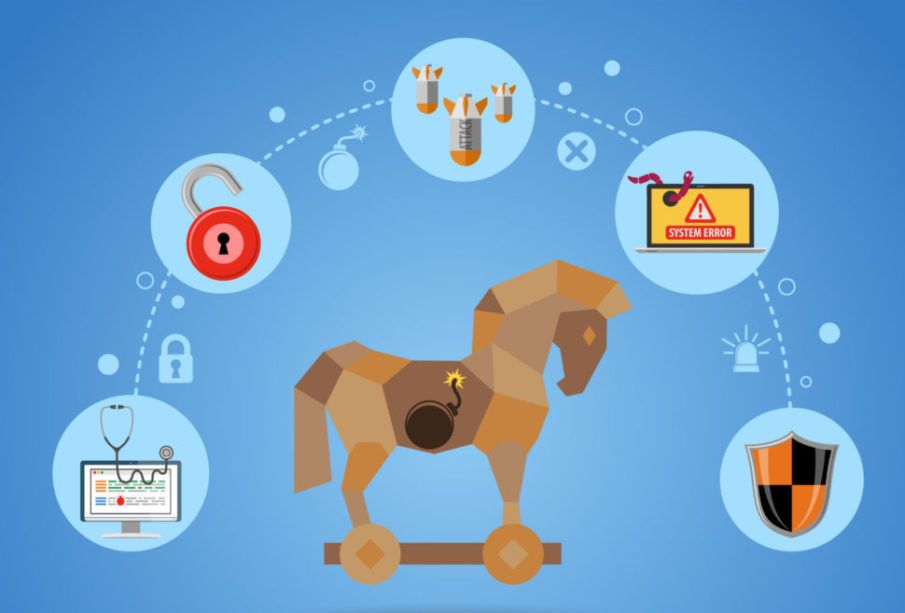
Malware attacks can cause a massive blow to your cybersecurity efforts. Unfortunately, a considerable number of cyberattacks on small and large businesses have been linked to malware. Malware stands for malicious software, and there are all kinds of malware files that hackers use for different purposes. Trojan horse, or trojan, is one of them. For the unversed, trojan horse is a type of malware that looks like a legitimate software or download, and therefore, the user is tricked into installing it. Trojans are often used by hackers as a social engineering tactic and can have different uses.
Some trojans are meant to spy on user activities, while others can steal, encrypt, and modify data. Trojans are also used for launching ransomware attacks, where hackers encrypt data and ask for a ransom in return. In this post, we are sharing more on basic steps that can protect your business against trojans.
- Update everything. From firmware, software, and operating systems, to plugins and browsers, everything should be updated to the latest version. Manufacturers and developers come up with these updates, with the intention of offering security patches.
- Use antimalware software. Advanced suites and software programs are available to protect networked devices and IT resources against malware, including trojans. You can review a few of them and select one that works best for your business.
- Schedule network scans and tests. Trojans can be used to create backdoors, and these backdoors are hard to detect. With scheduled network scans and penetration testing, your business can find and fix security issues in advance, before hackers can cause damage.
- Take backups. Even if a trojan file was download and hackers have managed to encrypt files, you can still take action when you have backup. Make sure to schedule regular backups of all relevant data and files.
- Focus on password protection. You have to encourage employees to focus on password protection, creating strong passwords, and using a password management tool. Where needed, consider using multifactor authentication.
- Use network segmentation. This works like a firebreak, and if there is a compromise on one subnetwork, it wouldn’t impact others. Make sure that you use network segmentation to align critical resources and data.
- Finally, keep an eye on emails. Most of the trojans and malware files come through emails and suspicious websites, and it is extremely essential to keep an eye on downloads, links and attachments.
Check online now to find more on best antimalware software.















